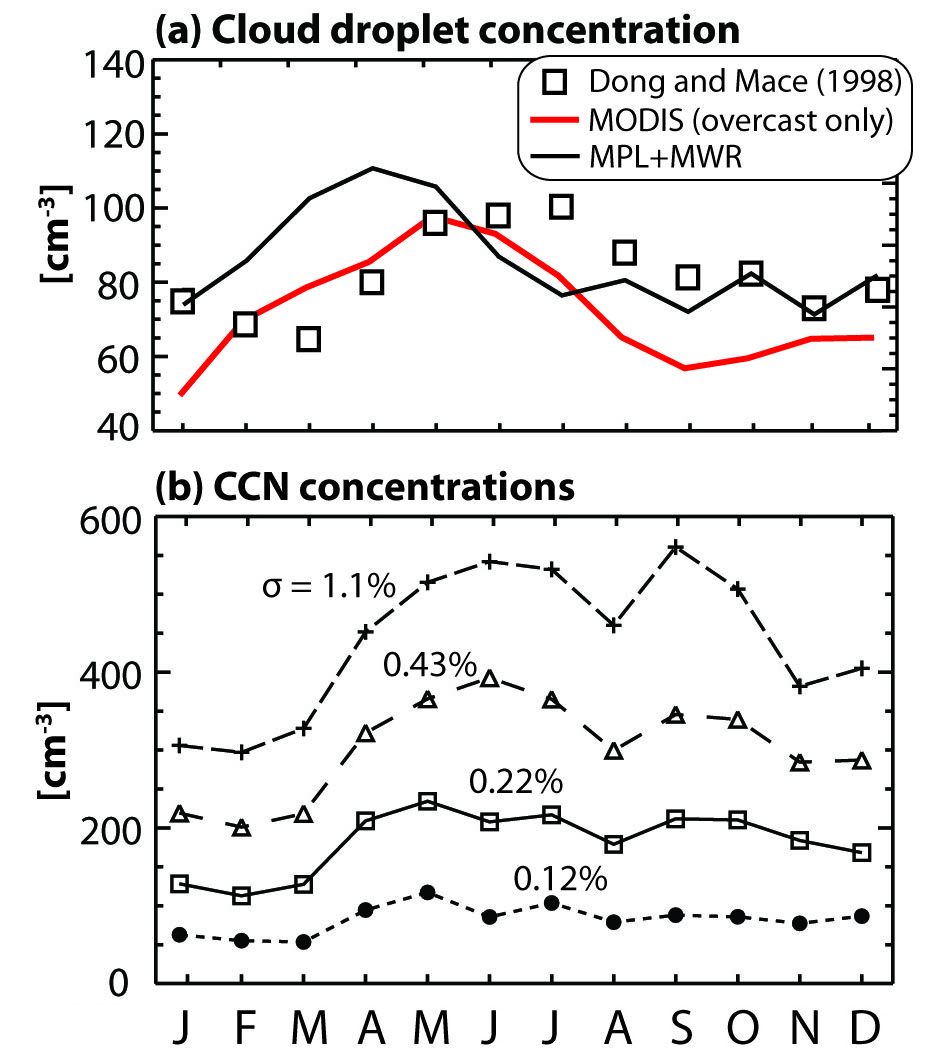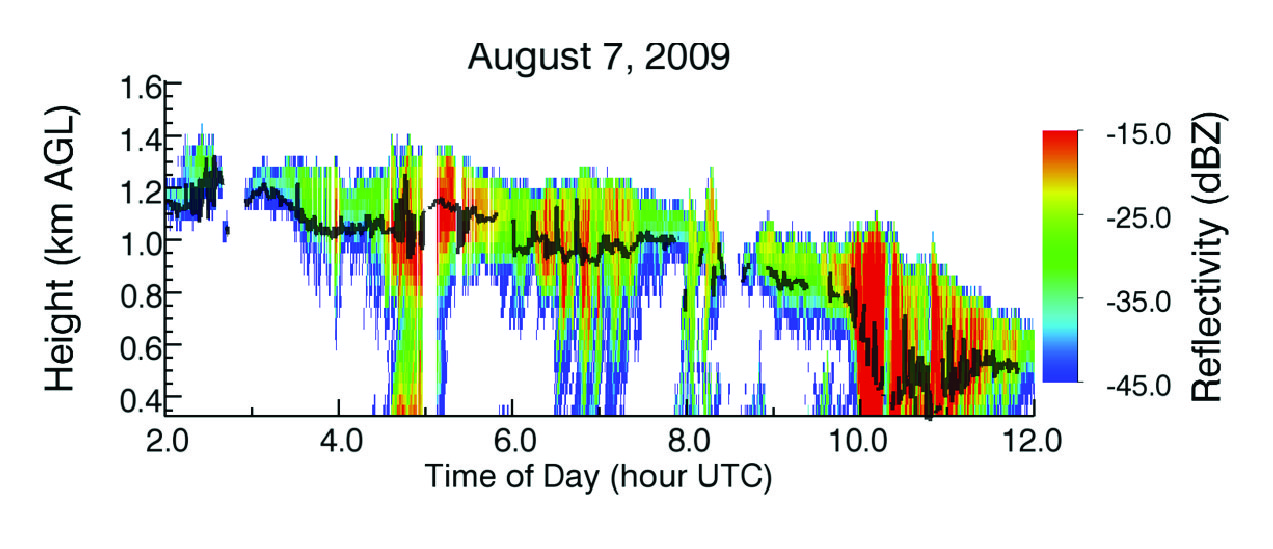Clouds, Aerosol, and Precipitation in the Marine Boundary Layer: An ARM Mobile Facility Deployment
Submitter:
Wood, Robert — University of Washington
Area of research:
Cloud-Aerosol-Precipitation Interactions
Journal Reference:
N/AScience
The Clouds, Aerosol, and Precipitation in the Marine Boundary Layer (CAP-MBL) deployment at Graciosa Island in the Azores generated a 21-month (April 2009-December 2010) comprehensive data set documenting clouds, aerosols and precipitation using the Atmospheric Radiation Measurement (ARM) Mobile Facility (AMF). The scientific aim of the deployment is to gain improved understanding of the interactions of clouds, aerosols and precipitation in the marine boundary layer.
Impact
Graciosa Island straddles the boundary between the subtropics and midlatitudes in the northeast Atlantic Ocean, and consequently experiences a great diversity of meteorological and cloudiness conditions. Low clouds are the dominant cloud type, with stratocumulus and cumulus occurring regularly. Approximately half of all clouds contained precipitation detectable as radar echoes below the cloud base. Radar and satellite observations show that clouds with tops from 1-11 kilometers contribute more or less equally to surface-measured precipitation at Graciosa.
A wide range of aerosol conditions were sampled during the deployment consistent with the diversity of sources as indicated by back trajectory analysis. Preliminary findings suggest important two-way interactions between aerosols and clouds at Graciosa, with aerosols affecting light precipitation and cloud radiative properties while being controlled in part by precipitation scavenging.
The data from Graciosa are being compared with short-range forecasts and a variety of models. A pilot analysis with two climate and two weather forecast models show that they reproduce the observed time-varying vertical structure of lower-tropospheric clouds fairly well, but the cloud-nucleating aerosol concentrations less well.
Summary
The observations collected during the 21-month CAP-MBL deployment of the AMF on Graciosa Island in the Azores comprise the longest data set of its type collected to date in an extratropical marine environment. Ongoing research using the CAP-MBL data set is describing the key characteristics of the clouds, meteorology, aerosols, and precipitation at the Azores, including the seasonal cycle, diverse range of air mass histories, strong synoptic meteorological variability compared with other low-cloud regimes, and important bidirectional interactions between aerosols, clouds, and precipitation.



